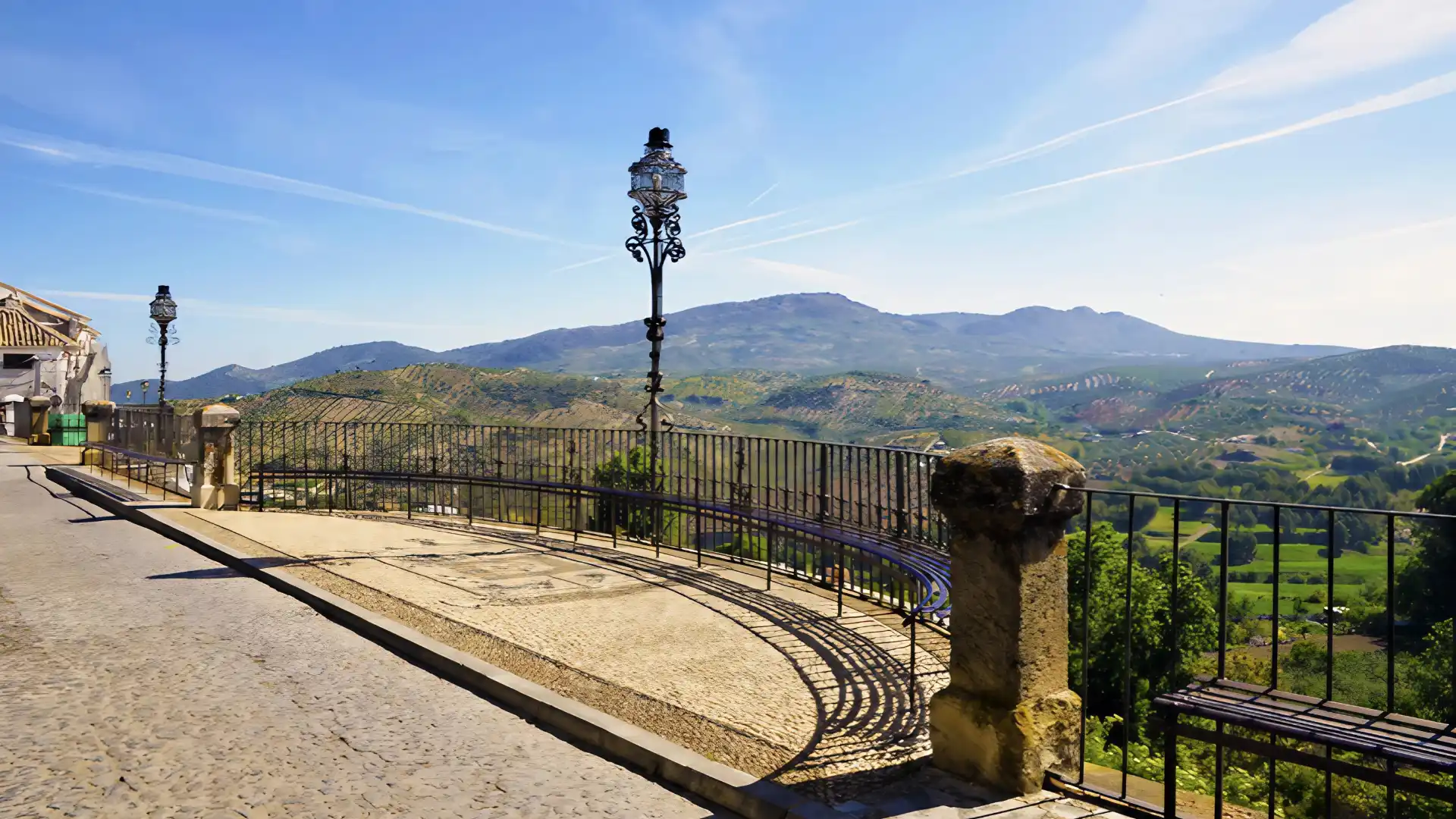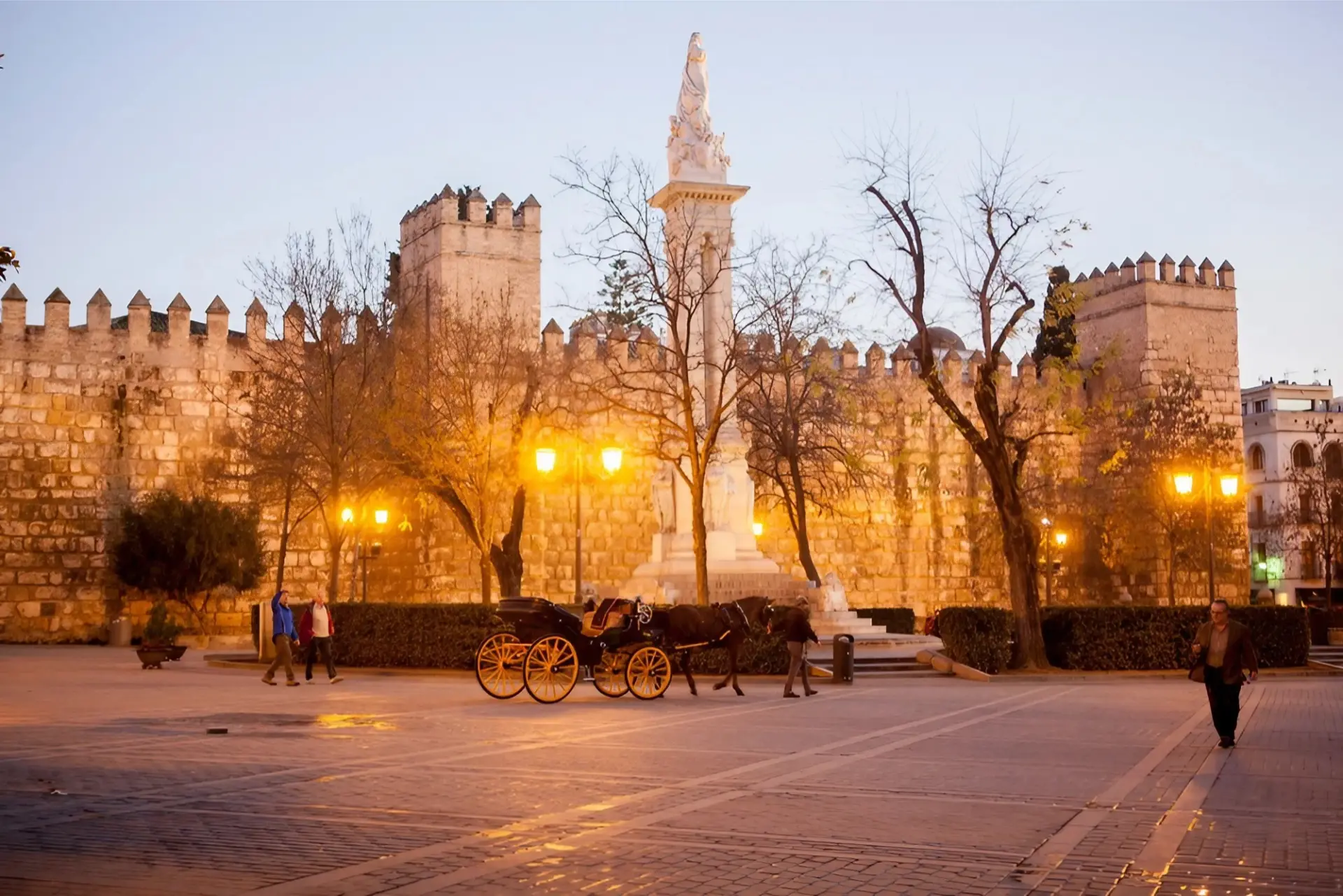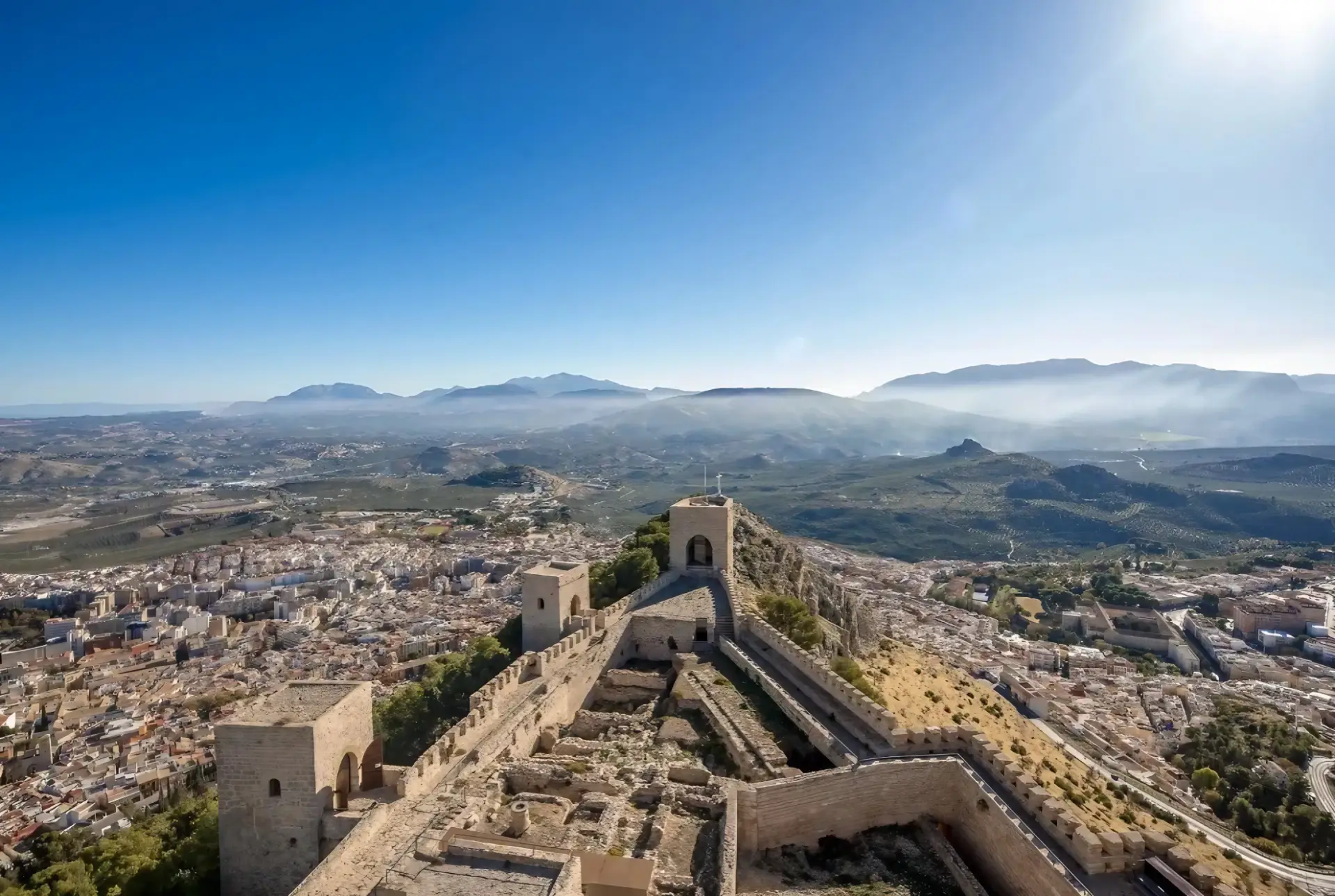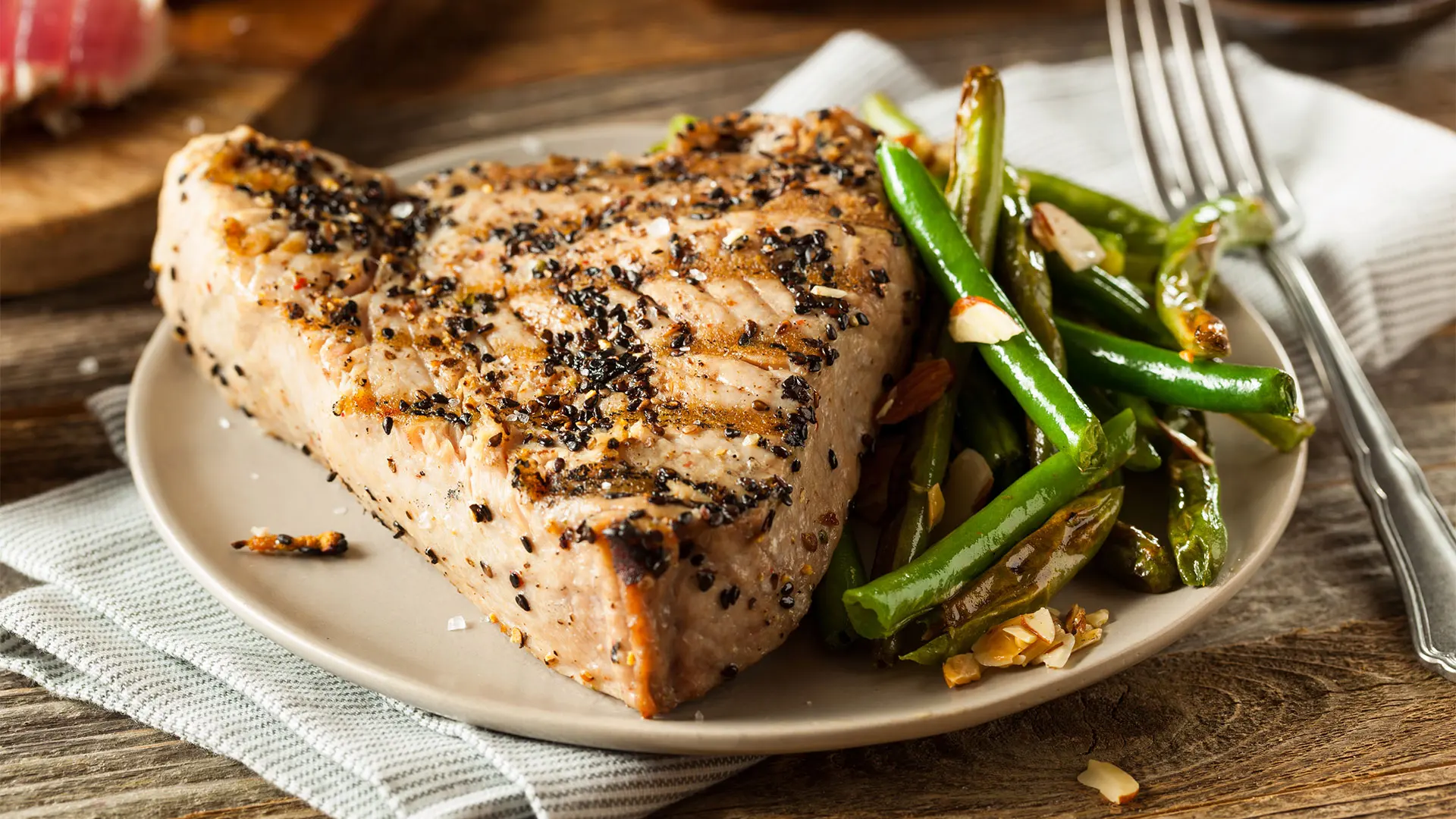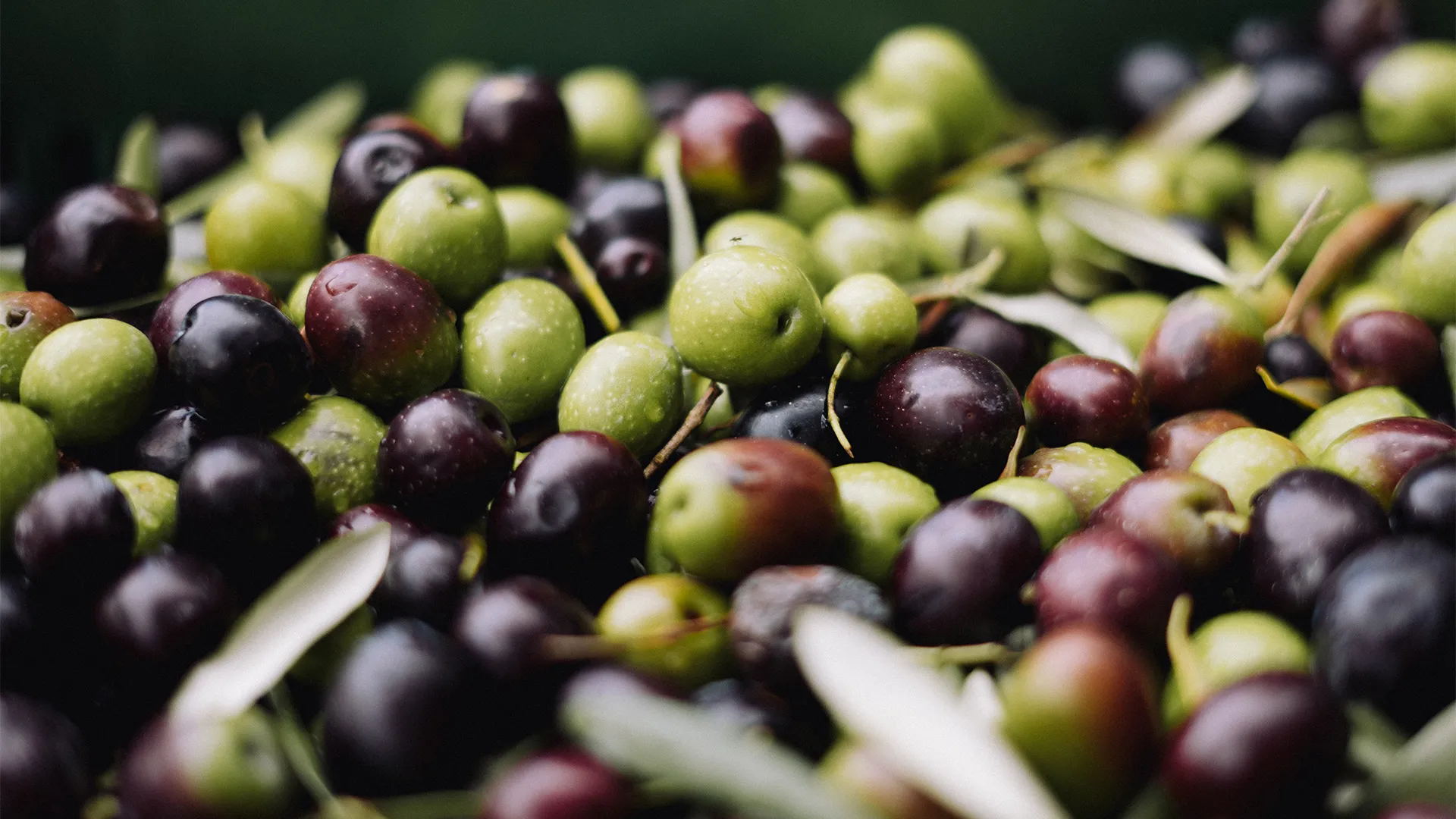Andalucia has myriad unique dishes that reflect local traditions, ingredients, and historical influences. Let’s look at a key dish from each of the provinces of Andalucia.
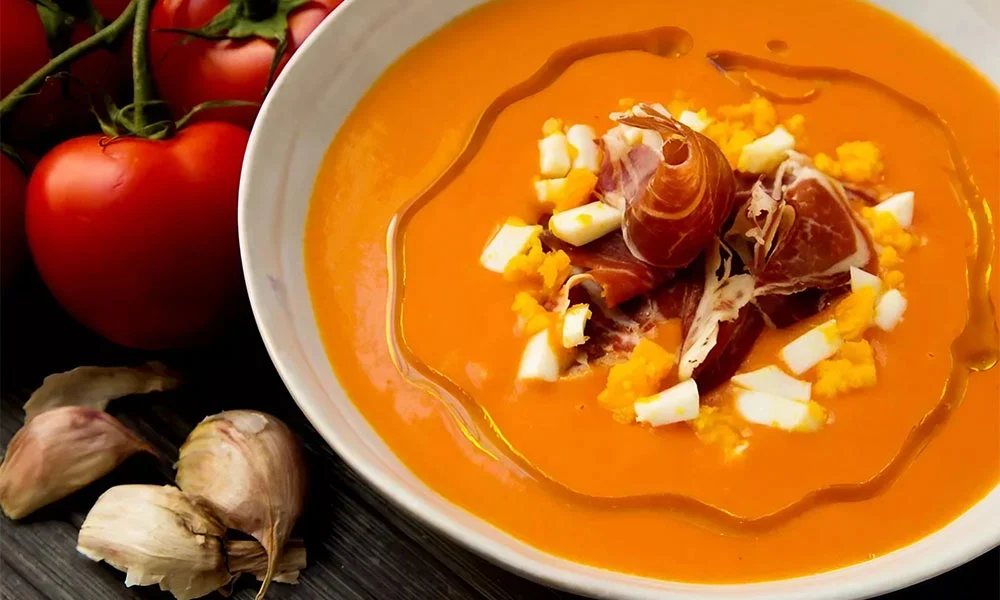
Salmorejo from Córdoba
Salmorejo is a thick, creamy tomato soup that embodies the essence of Cordoban cuisine. In 2008, an association called Cofradía Gastronómica Salmorejo Cordobés was created to promote research into this classic Andalucian dish. It even has its own date, 24th April – Córdoba Salmorejo Day.
Often enjoyed as a refreshing starter, Salmorejo represents the Mediterranean diet’s focus on fresh produce and olive oil.
Ingredients: Tomatoes, bread, garlic, olive oil, salt, and garnished with hard-boiled eggs and Jamón Serrano.
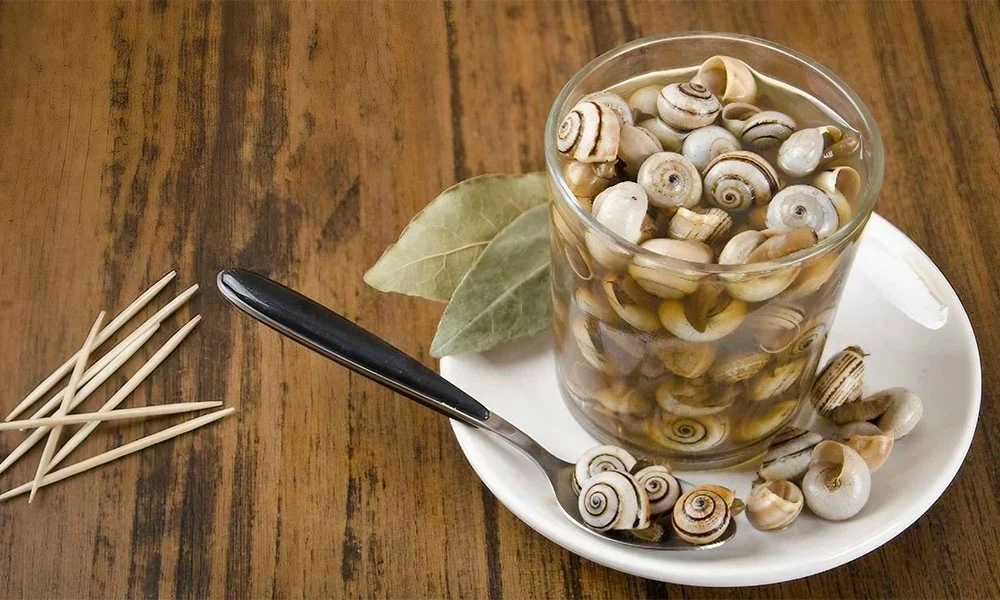
Snails from Jaén
Snails, or caracoles, are a beloved delicacy in Jaén, often enjoyed during springtime festivals. This dish highlights the region’s tradition of foraging and its rich biodiversity. Snails in Jaén are a celebration of the local environment and community gatherings.
In Linares, Ubeda and Baeza, they are served in a hot broth that is heavy on cayenne pepper, and are a very popular tapas in the early evening often served in a glass.
Ingredients: Small snails, dried orange peel, cayenne pepper, salt, water and mint
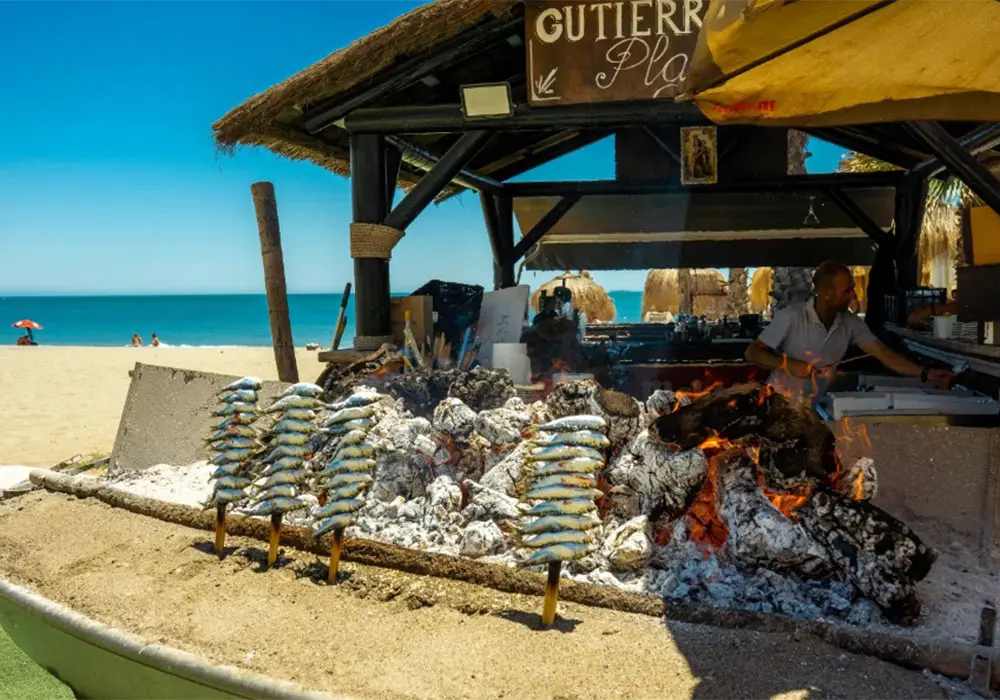
Espetos from Málaga
Espetos, or skewered sardines, are a culinary icon of Málaga, especially along the coast. This dish is traditionally prepared on open fires or beach barbecues. They represent the province’s maritime heritage and the communal joy of seaside dining.
You can read more about the traditional dish, here.
Ingredients: Fresh sardines and sea salt
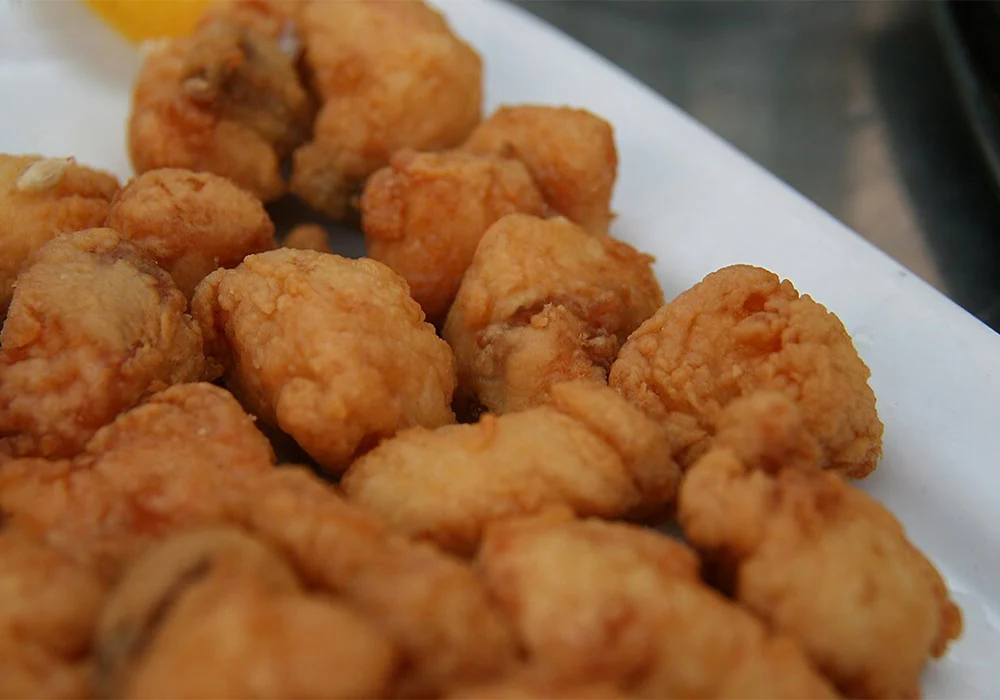
Bienmesabe from Cádiz
Lots of Andalucian food tastes good, which is why there are two dishes bearing the name bienmesabe (it tastes good to me). However, they are two completely different dishes. From Antequera the bienmesabe is a sweet almond pastry made by nuns, in Cadiz it’s marinaded dogfish!
As Cádiz enjoys the coastal waters, it’s only natural fish should be high on the menu. This marinaded and fried fish is popular throughout the province, just remember where you are when you order it.
Ingredients: dogfish, white wine vinegar, oregano, cayenne, cumin, garlic, salt, chickpea flour
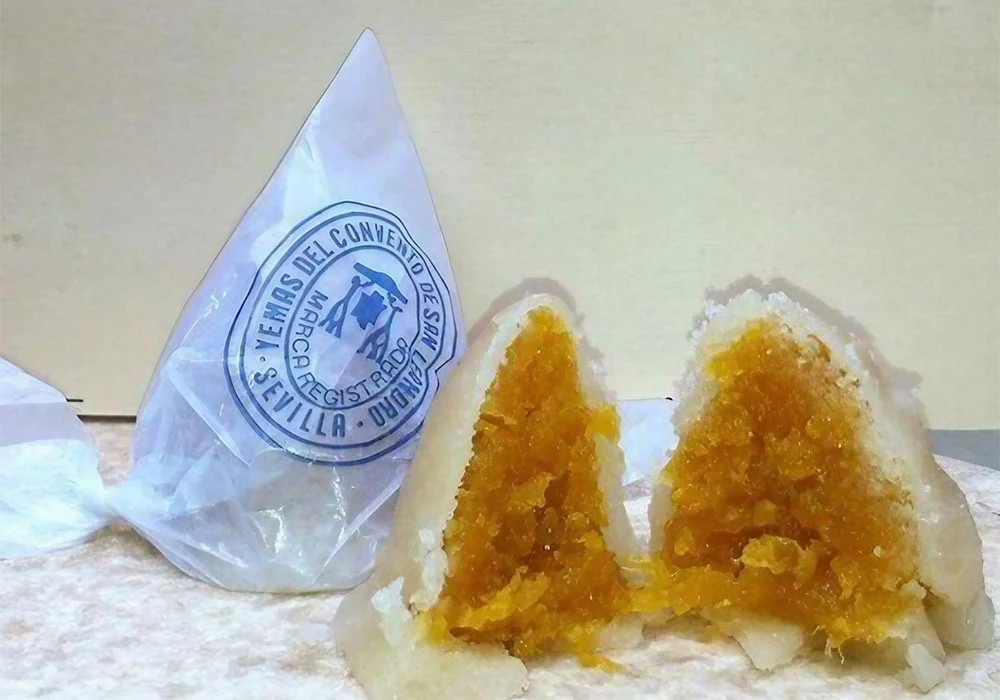
Dulces de Convento from Seville
In the bakeries of Seville, the dulces de convento (literally convent sweets), a food with a long history, play a starring role. Examples include yemas de San Leandro, cortadillos de cidra (angel’s hair), pestiños, and tortas de polvorón. Some of the religious orders still produce them, sold from behind a door, so you do not see the nun’s faces.
These sweets are not only culinary treasures but also help preserve centuries-old recipes and support religious communities.
Ingredients: Varies widely (e.g., marzipan, honey, almonds, egg yolk, sugar).
Our Secrets of Seville tour incorporates a visit to one of the convents.
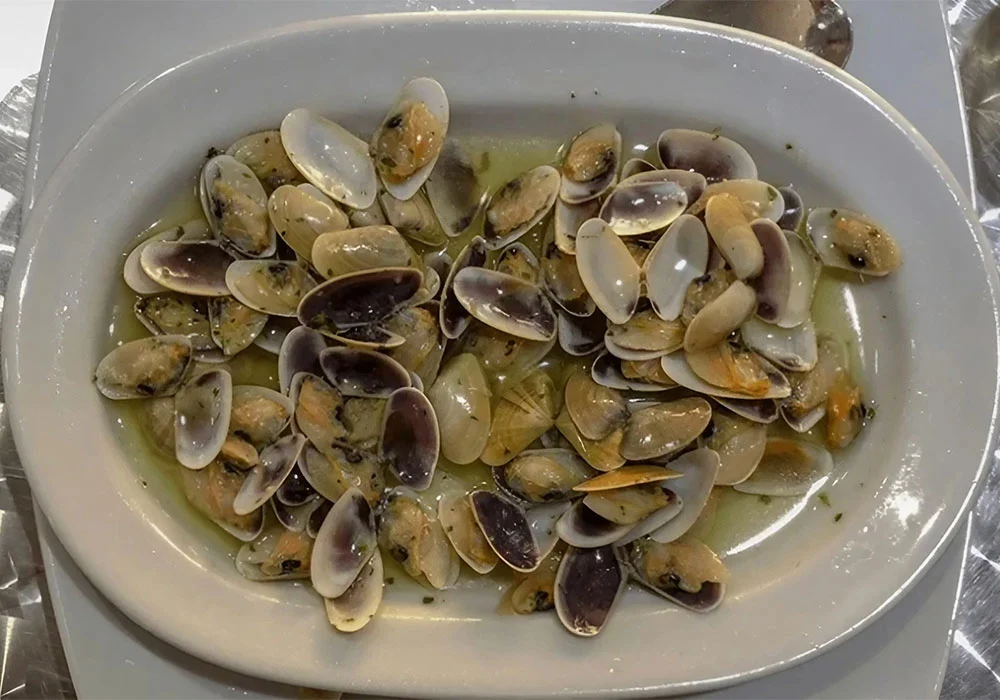
Wedge Clams from Huelva
Wedge clams, known as coquinas, are a prized seafood in Huelva. This dish reflects the province’s abundant marine resources and the influence of the Atlantic Ocean on local cuisine. Coquinas, which have thinner and more oval-shaped shells, are typically enjoyed as a tapa and considered a delicacy.
Ingredients: Wedge clams, garlic, white wine, parsley, and olive oil.

La Tortilla del Sacromonte from Granada
Not for the faint-hearted this dish, though there are ‘tourist-friendly’ versions out there. La Tortilla del Sacromonte is a distinctive omelette from the Sacromonte neighbourhood in Granada. With its unusual ingredients, it reflects the resourcefulness of the local cuisine, using every part of the animal – yep, that’s brains and testicles. I did warn you!
Ingredients: Eggs, lamb brains and testicles (usually lamb), chorizo, green peas, and peppers.
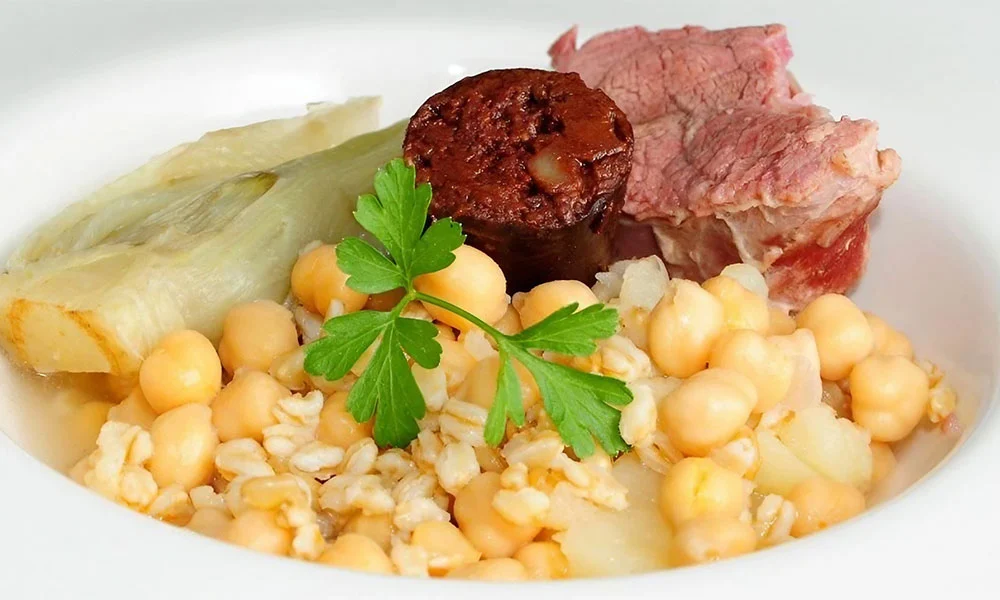
Trigo from Almería
Trigo, a wheat and meat stew, is a staple in Almería, reflecting the province’s agricultural roots. This dish, traditionally prepared during harvest times, symbolises sustenance and community. It’s hearty peasant food at its best.
Ingredients: Wheat (trigo), chickpeas, beef or lamb, potatoes, garlic, paprika, and saffron.
Join Toma & Coe on our Food & Wine tours and discover the taste of Andalucia for yourself.




